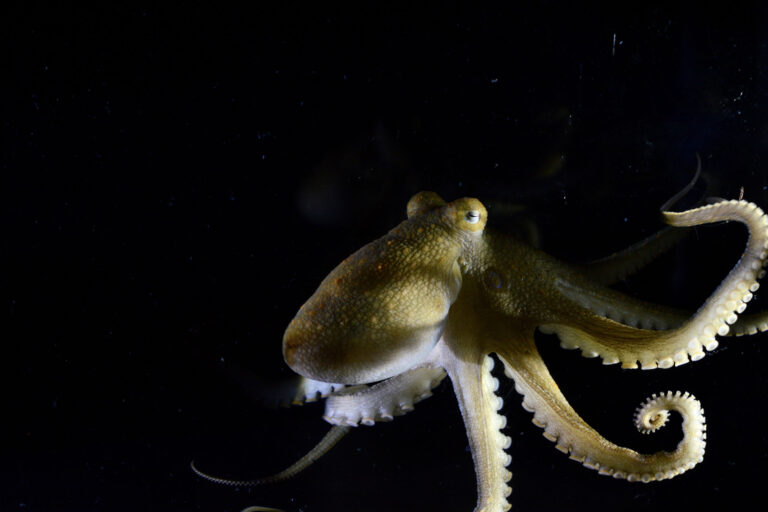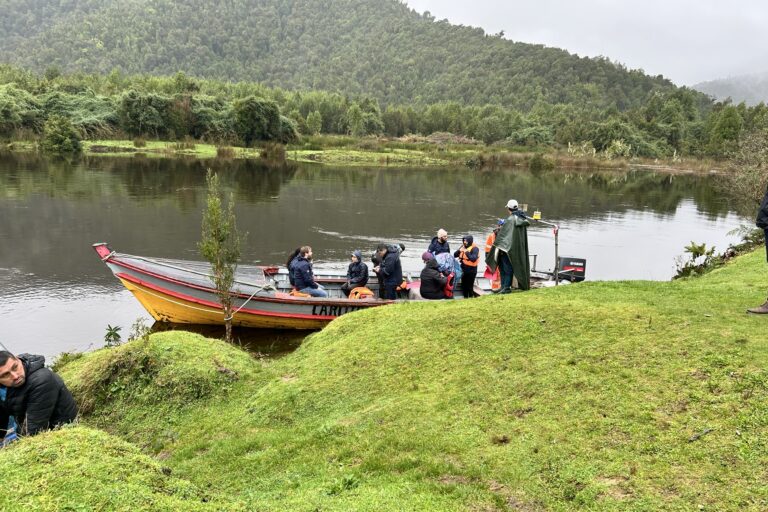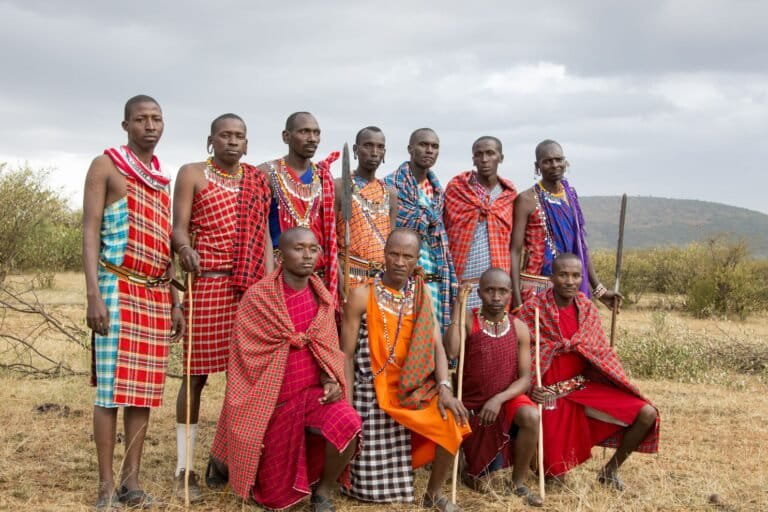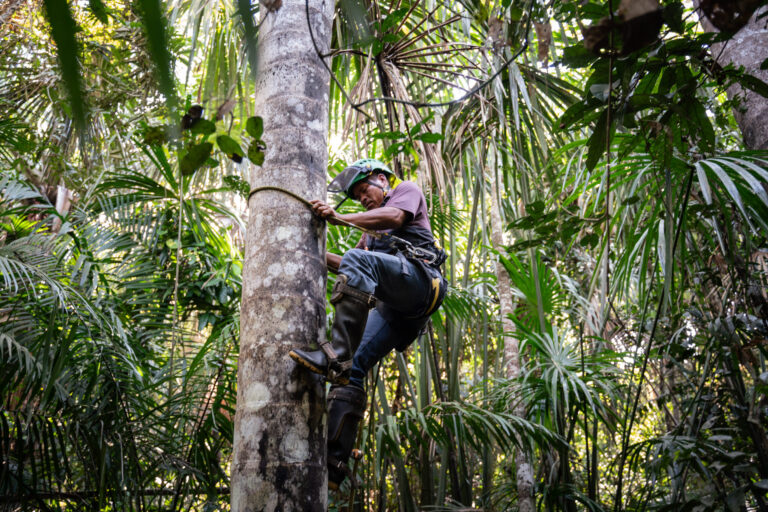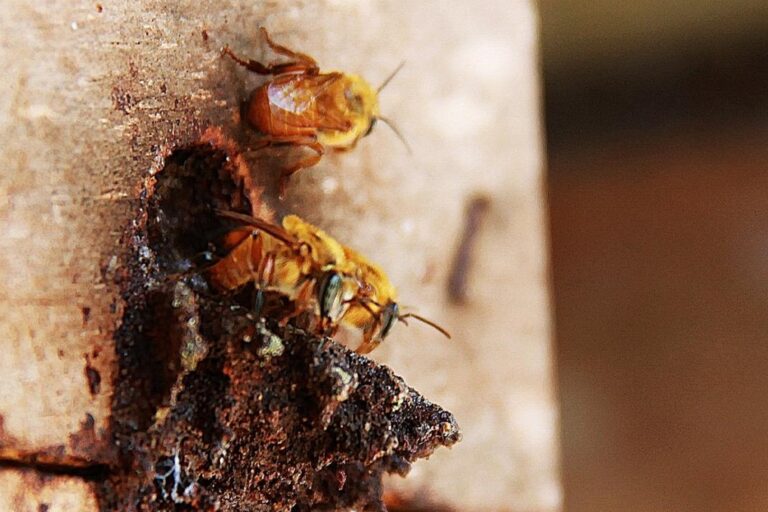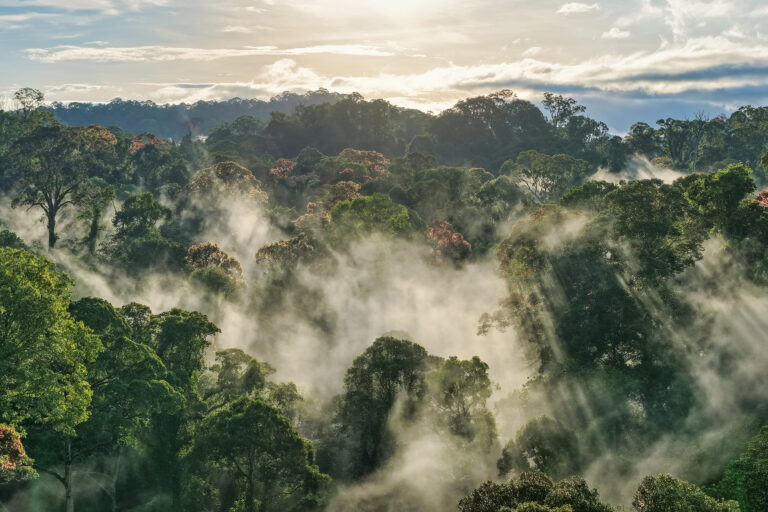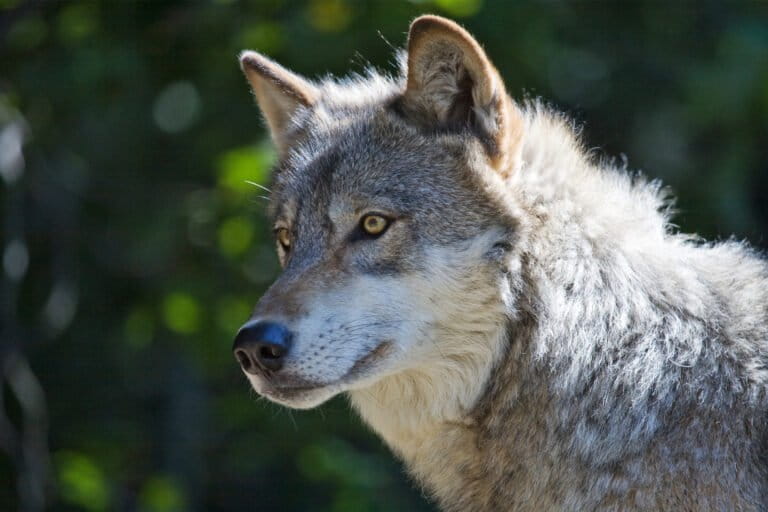- Sri Lanka’s southwestern mountains have yielded a new snake species, Dryocalamus chithrasekerai, based on specimens collected in 2009 and 2017.
- Chithrasekara’s bridle snake, named in honor of local conservationist Nagamulla Hewage Chithrasekara, is the latest species in its genus, which researchers say should be kept taxonomically distinct from another genus of very similar snakes, Lycodon.
- The researchers also make the case that a previously recorded Dryocalamus species, D. gracilis, was identified incorrectly and doesn’t actually occur in Sri Lanka.
COLOMBO — It’s a taxonomic mystery that’s been simmering for nearly 150 years, and in the process dealt out a parade of mistaken identities, dead bodies, and a suspect that was never there.
Like all good mystery stories, this one starts at the end: 11 years ago, to be exact, with the collection of a dead snake — roadkill left by the side of the road — from the Peak Wilderness Sanctuary in south-central Sri Lanka.
Herpetologists L.J. Mendis Wickramasinghe and Dulan Ranga Vidanapathirana suspected it might be a species new to science. But even with the female specimen in relatively good condition for roadkill, they didn’t have enough to go on. Then, in 2017, they caught a break: a live specimen, male, this time from the Kanneliya Forest Reserve in the island’s southwest.
Wickramasinghe has been dubbed “Sri Lanka’s Darwin” for having introduced and rediscovered more than 100 species new to science. To him and his team, there was no doubt that the specimens they had were different from all other known snake species in Sri Lanka. These ones sported a distinct color pattern, with a body marked with solid white bands, a black-and-white mixed underbelly, and the underside of the tail end showing more black markings than white. The smooth dorsal scales were set in 15 neat rows, making the specimens easily distinguishable.
So much so that they’ve now been described as their own species, in a paper published in March in the journal Zootaxa. Wickramasinghe and his co-authors have named the new species Dryocalamus chithrasekarai, or Chithrasekara’s bridle snake, in honor of Nagamulla Hewage Chithrasekara, a conservationist who worked to protect the Kanneliya Forest Reserve.
“Though described from two specimens, we have observed five of the same species in four other locations, all locations well within the rainforests of the island’s southwestern wet zone,” Wickramasinghe told Mongabay.
The researchers identify destruction of southwestern rainforests, habitat fragmentation, and vehicle traffic as the main threats to the species’ survival.
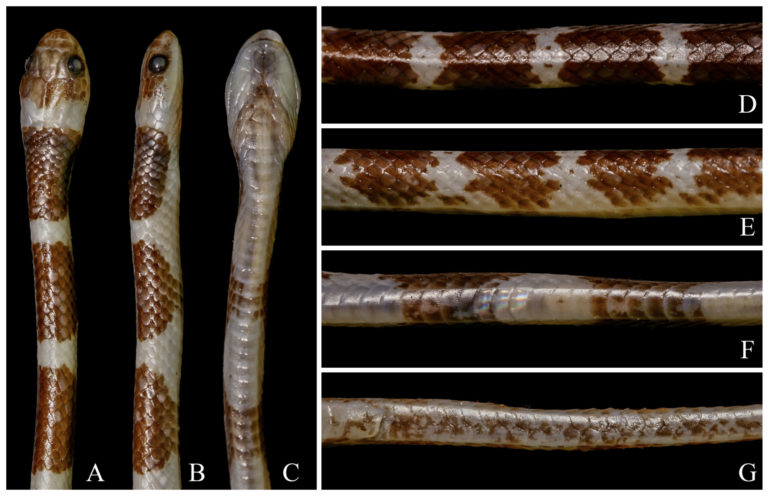
Species reclassification
The new paper also makes the case that Dryocalamus should be considered its own genus and not a synonym of Lycodon, as a 2016 study does. Other scientists have also called this move premature, Wickramasinghe says, given the significant differences between snakes of the two genera.
Prior to the addition of Chithrasekara’s bridle snake, there were two other Dryocalamus snakes recorded in Sri Lanka — D. gracilis and D. nympha — and four Lycodon species: L. anamallensis, L. aulicus, L. striatus, and the endemic L. carinatus.
“We have observed that Dryocalamus have protruding eyes and behavioral characteristics that set them apart,” Wickramasinghe said. “Dryocalamus species are largely arboreal whereas Lycodon species are terrestrial. Dryocalamus species also exhibit unique feeding behavior, their diet consisting of exclusively of eggs. They consume only the egg embryo and omit the egg shell. In contrast, Lycodon species consume whole eggs as well as small reptiles.”
Wickramasinghe also proposes that D. gracilis doesn’t actually exist in Sri Lanka, and that five earlier records of the snake on the island confused the specimens with D. nympha.
“Based on the characteristics mentioned by these authors,” he said, “we doubt that these five specimens represented D. gracilis; they are more likely to have been D. nympha. Based on our field experience, D. gracilis does not occur in Sri Lanka. As we have shown above, previous records of this species from the island are unreliable.”
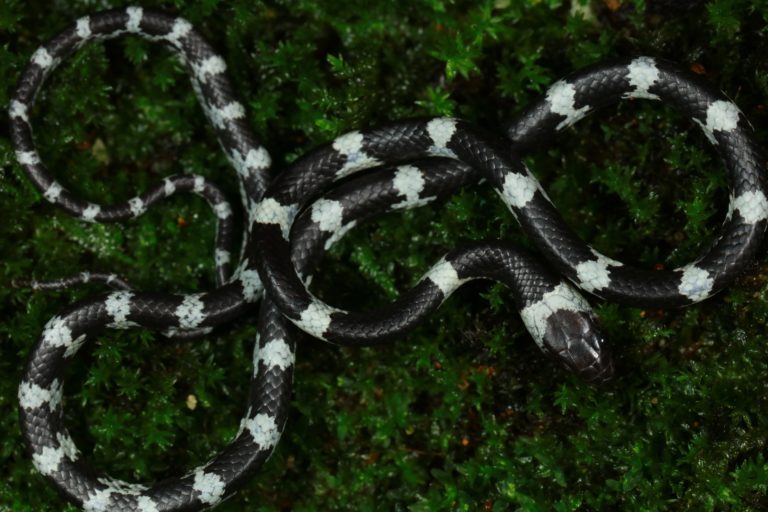
Twist in the tale
With one new species named and an existing one struck from the list, there’s still one final twist in this snake’s tale.
What if, Wickramasinghe posits, the dead snake they collected by the side of the road back in 2009 wasn’t the first specimen of its kind to be examined by researchers? What if there was another before it — and it was never correctly identified?
In 1877, the British naturalist William Ferguson recorded a snake specimen collected in the south of Sri Lanka that would later be declared Odontomus nympha (an early synonym of D. nympha). At the time, however, Ferguson suspected it was an as-yet-unknown species. Ferguson noted that the jar containing the specimen, labeled 77/1, had broken in transit, and that the snake’s body had shriveled. It has since been lost, leaving behind one valuable clue: the area where it was discovered, Morawak Koralé, in what is today’s Matara district, in Southern province.
There’s already a Dryocalamus snake known to occur in that area, Wickramasinghe says — and it’s not D. nympha.
“Three of the five locations from which we recorded Dryocalamus chithrasekarai lie within the bounds of Morawak Koralé: Kanneliya, Kalubowitiyana, and Morawaka, while the other two, Sinharaja and Runakanda, are also situated in the vicinity of Morawak Koralé,” the study says. “We therefore conclude that Ferguson’s No. 77/1 probably represented the first record of Dryocalamus chithrasekarai.”
Citations:
Wickramasinghe, L. M., Vidanapathirana, D. R., Pushpamal, V., & Wickramasinghe, N. (2020). A new species of Dryocalamus (Serpentes: Colubridae) endemic to the rainforests of southwestern Sri Lanka. Zootaxa, 4748(2), 248-260. doi:10.11646/zootaxa.4748.2.2
Figueroa, A., McKelvy, A. D., Grismer, L. L., Bell, C. D., & Lailvaux, S. P. (2016). A species-level phylogeny of extant snakes with description of a new colubrid subfamily and genus. PLOS ONE, 11(9), e0161070. doi:10.1371/journal.pone.0161070
Banner image of Dryocalamus chithrasekarai, named in honor of N. H. Chithrasekara, a key player in the conservation of the southwestern rainforest of Kanneliya from where one of the specimens was collected, courtesy of L.J. Mendis Wickramasinghe.






